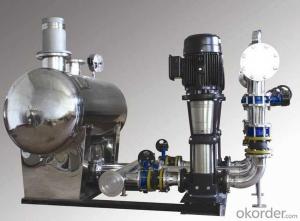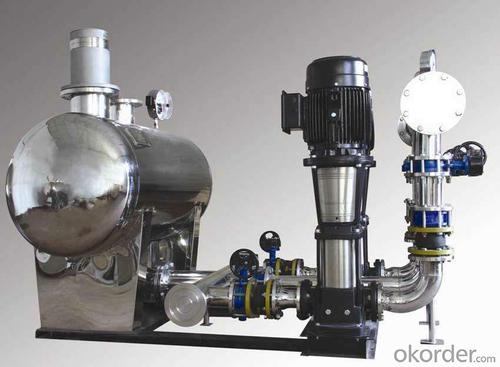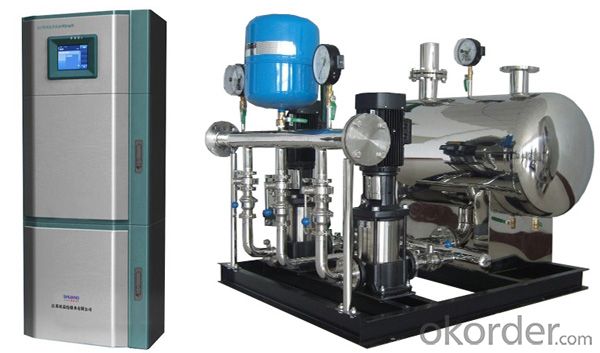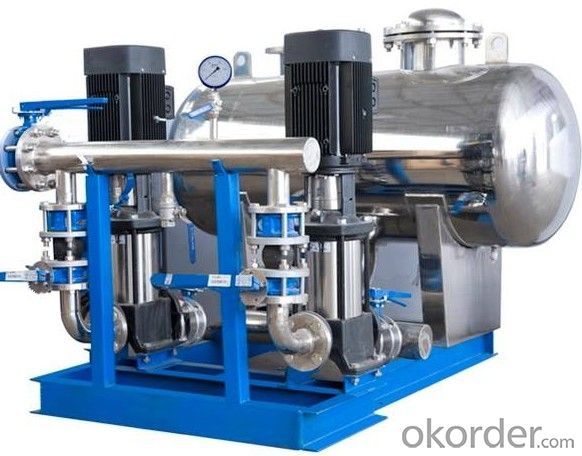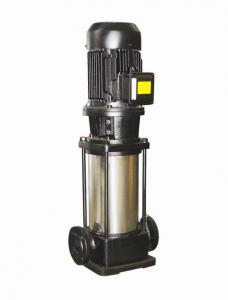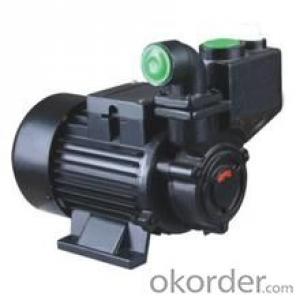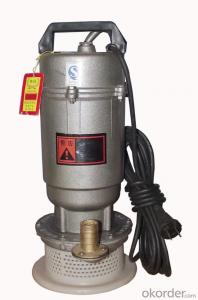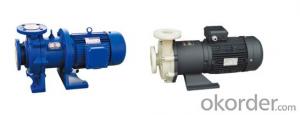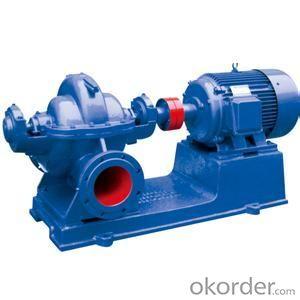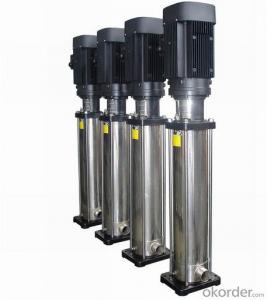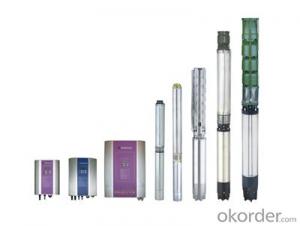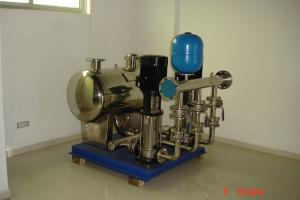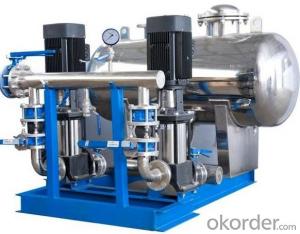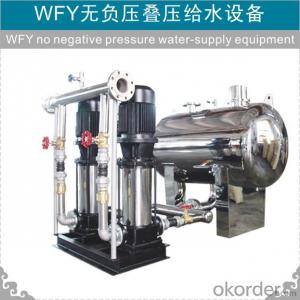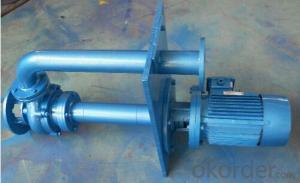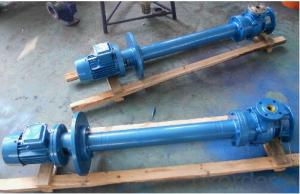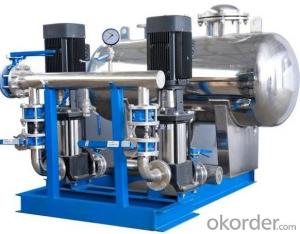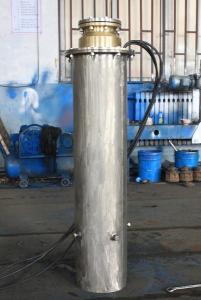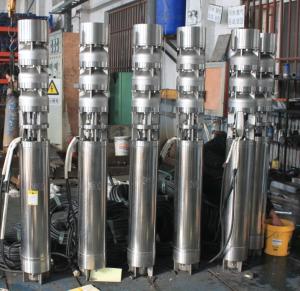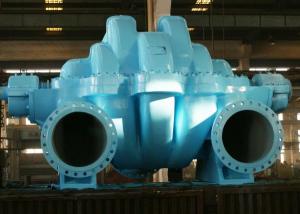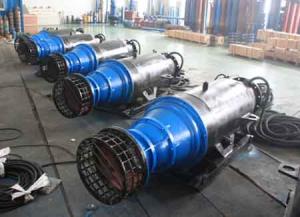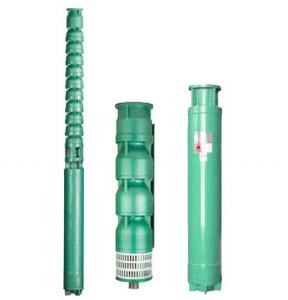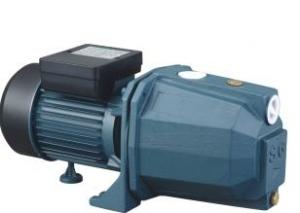Non-Suction Pressure Water Supply Equipment
- Loading Port:
- Shanghai
- Payment Terms:
- TT OR LC
- Min Order Qty:
- 1 unit
- Supply Capability:
- 500 unit/month
OKorder Service Pledge
OKorder Financial Service
You Might Also Like
Non-suction pressure water supply equipment
Features of Non-Suction Pressure Water Supply Equipment
1) No need of water pool,saving both fund and energy
2) Simple installation and less land used
3) Extensive purpose and strong suitable
4) Full functions and high degree in intelligence
5) Advance product and reliable quality
6) Personalized design,showing a distinctive style
Applications of Non-Suction Pressure Water Supply Equipment
1) Water supply for city life
2) Fire-fighting system
3) Agricultural irrigation
4) Sprinkling & musical foundation
Technical Date of Non-Suction Pressure Water Supply Equipment
1) Ambient temperature 5~40oC
2) Relative humidity no higher than 85oC(20+/-5)oC
3) Liquid temperature 5-70oC
4) Service voltage 380V (+5%,-10%)
FAQ
Q: Are your pumps acid-proofed?
A: To choose the right pumps for chemical applications, we do need further details on hydraulic operations as well as on the type, concentration and temperature of the liquid.
Q: Can your pumps mount Eff.1 motors
A: Currently, only on request though this will shortly be a CNBM standard.
Q: Are your pumps protected against dry running?
A: No, unprotected centrifugal pumps are not generally designed for dry running. It is important to give us or your dealer as much information as possible about the system in which the pump is used. Inlet pressure, the type of liquid to be pumped, together with relative density, viscosity and temperature, for example, are required in order to allow CNBM to recommend the right pump with the right gaskets for a long operating lifetime.
Q: How can I get trained on CNBM products?
A: Yes, we provide training courses in our factory (products, general and specific pump technology, hydraulics, and practical applications). Please consult your sales manager or get in touch with our headquarters for more information.
Q: Are your pumps cheaper than those of your competitors?
A: CNBM aims to give its customers the highest standards of quality and service and delivery times, all at a reasonable price.
Q: Do you have self-priming pumps?
A: Yes, our product portfolio also includes two ranges of self-priming pumps: self-priming electric pumps and self-priming side channel pumps.
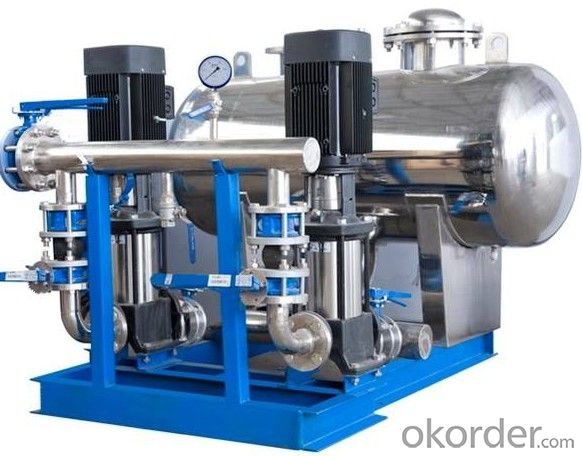
- Q: How large is the starting current for a 1.5 kW submersible pump?
- The starting current is 2-7 times the power
- Q: How can we calculate the maximum pump pressure for chilled water system for a 20 story building
- In addition to what was said earlier you will also need to consider the following. Pipe frictional losses will need to be calculated. If there is a control valve or flow element then need to add 3 to 5 psi. If the chilled water goes thru a piece of equipment there will be a pressure loss across that, (example - cooling coil on an air handling unit, air separator etc) this can range from 3 to 20 psi, the equip vendor should be able to provide this. If your pumps are on the ground floor, you might be able to neglect the pressure due to elevation if the loop remains pressurized by the pump(s). Might be a good idea to have an engineer review this who has sized pumps before.
- Q: I am trying to increase the pressure of my shower and I am looking to install a water pump. Does anyone know what kind of pump would work well for this? I don't want a big pressure pump, just a small one that will be cheap.
- American Standard has a shower head with a turbine in it. Get that. its made for low flow applications.
- Q: My truck turned off by itself and a bunch of steam and smoke came out and my radiator was dry. To keep it running i had to have the engine revved and at a stop sign hold the brake down. and slightly press. I'm assuming its the water pump however. It started yesterday as the colder weather started. What my question is what do you think it is and if you have experience with water pumps, how hard is it to replace i found one for $14
- that don,t sound like the water pump. if it was the pump then it would overheat and leak out. check to see where it,s leaking at. if it,s leaking from the pump then it will have to be changed even though it still might not help it to idle. it,s not really that hard to change the pump on a 351W . the hardest part is getting into it. you might have to remover some stuff so you can work. the belt and water pump pulley will have to come off and the fan but that should let you into the bolts.
- Q: We have fresh running water..no well... We just want to install it on our playground for the kids to experience a manual water pump. Can it be attached to running water? Do I need a tank? Help! Thank YOU!
- With no offense meant at all to answer 1... I grew up without indoor plumbing on a farm. ALSO while this is to be functional it reads as if it's to be a demonstration of the process of lifting water by means of the action of a pump. I suggest certainly that it not strictly be a means for practical use IE: drinking; etc. Obviously you'd need a receptacle that will hold enough water to allow the pump to perform. A 5 gallon paint bucket could suffice perhaps. A platorm to bolt the pump head to, and perhaps some method of keeping it all from spilling over when eager students engage with it. I have never checked with HD or Lowes, but certainly online you'd get an answer rather quickly. Farm/Feed stores most definitely would have functional hand crank/lever, water pumps. Also often sold in RED or GREEN,,,smile. I'll assume you have a custodian/maintenance person/husbands/boyfriends/fathers/mothe... who would be happy to get involved and you could be pumping in less than an hour. The situation obviously can be portable and brought indoors at the end of any day you choose to use it for the purposes you define. Steven Wolf
- Q: i just moved into a house that has a small (about 40 gal) pond. i wanted to put fish in it. i have everything but the water pump. i've been looking around and i've found many solar fountain heads (about $30) that are pretty cheap and then i found a solar oxygenator for $100. which one would help the fish more? flowing water or just oxygen?
- Flowing water adds oxygen into the water... So Id go with that one.
- Q: Went to bring my car in to get all my belts replaced (minus the timing belt) My car was working fine, nothing was wrong with it. I pick up my car and get it home when I turn to get into the drive way there's this horrible squeal. I bring it back to Pep Boys and they tell me my water pump is broke. Now I don't know anything about cars, but is there a belt that they replaced that does something to the water pump? Please if you know about cars let me know. Thanks
- if they bent the pulley on it then it could be their fault. If it was making that noise as soon as you started it up then it very well could be that they bent it but proving it is another story
- Q: I installed a circulating pump in the far bathroom, since the length to the water heater made for a long wait. It takes 25 seconds for the hot water to arrive, which means 25 seconds of hot water wasted, once the water is shut off.Is it cheaper to, selectively(2 settings on timer) run the pump, or just wait on the hot water? And without the consideration, that time equals money. I imagine the more people that use it, the more efficient it gets.
- Hot water recirculation for domestic hot water is not so much for efficiency as for instant hot water. It does waste less water, but the hot water pipes should be insulated to minimize heat losses. I would not recirculate hot water into the cold water lines. Lukewarm water is yucky to drink and could be unsafe.
- Q: For a basement water pump that controls the toilet, shower and sink--- does it always have to stay plugged in and running??? I heard it make a weird noise and shut it off immediately.. Any help appreciated!!!
- No this is normal when you flush it should come on
- Q: I'm curious to know, where does the water go after it is sent to a pumping station??
- Potable (drinkable) water pumps placed just outside the treatment plant boost pressure in the water mains, where it eventually gets to homes, businesses and hydrants via the pipe network. Most sewers flow by gravity (downhill) to a waste water treatment plant (or septic field). But if an area is too low to be serviced by a gravity sewer, an ejector pump is set at the bottom of a collection well which pumps the wastewater to a higher elevation in a pressure pipe called a force main. A good pump station will kick on about 4 or 5 times an hour and run for several minutes. Eventually it outlets to a manhole in a gravity system and ultimately the treatment plant.
Send your message to us
Non-Suction Pressure Water Supply Equipment
- Loading Port:
- Shanghai
- Payment Terms:
- TT OR LC
- Min Order Qty:
- 1 unit
- Supply Capability:
- 500 unit/month
OKorder Service Pledge
OKorder Financial Service
Similar products
Hot products
Hot Searches
Related keywords
